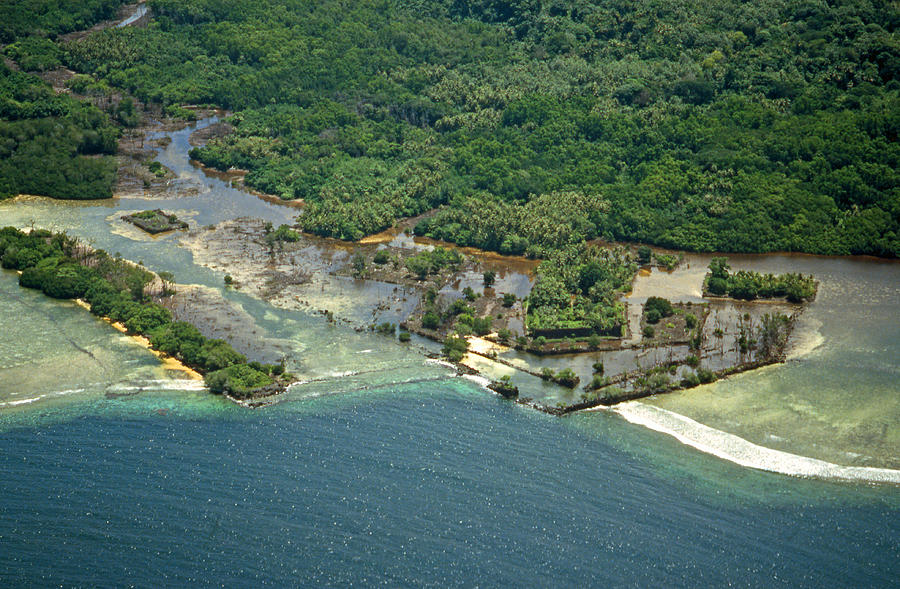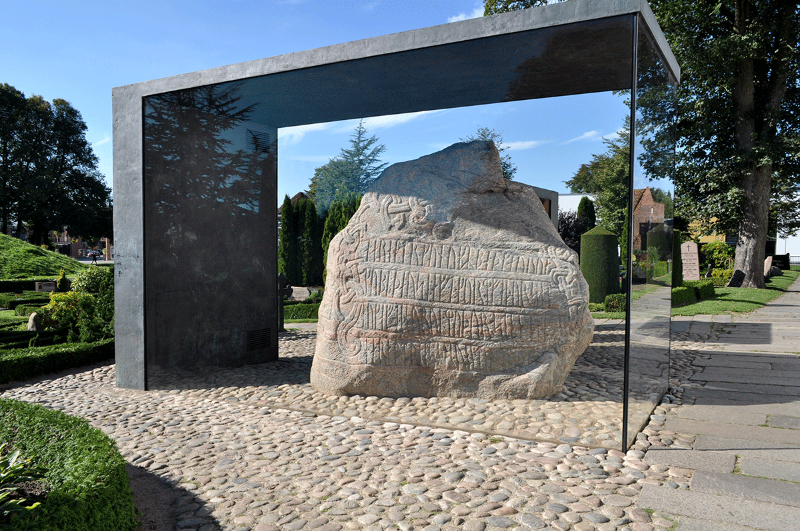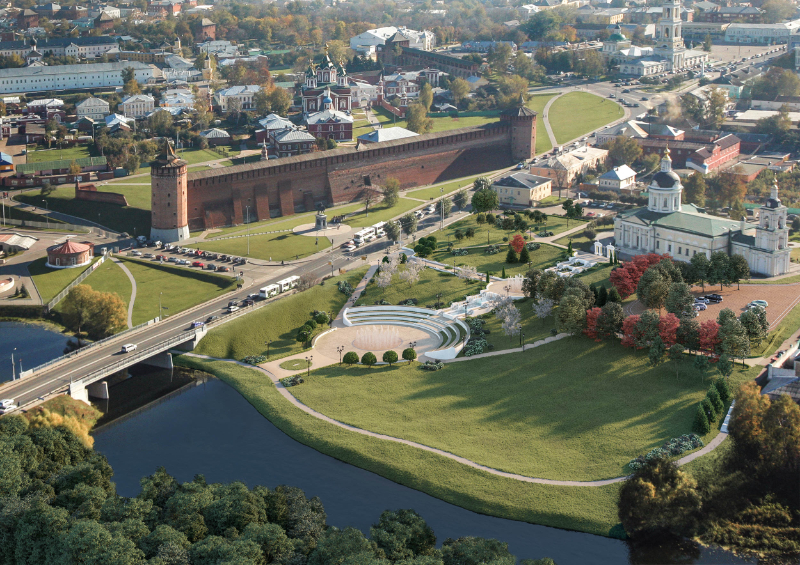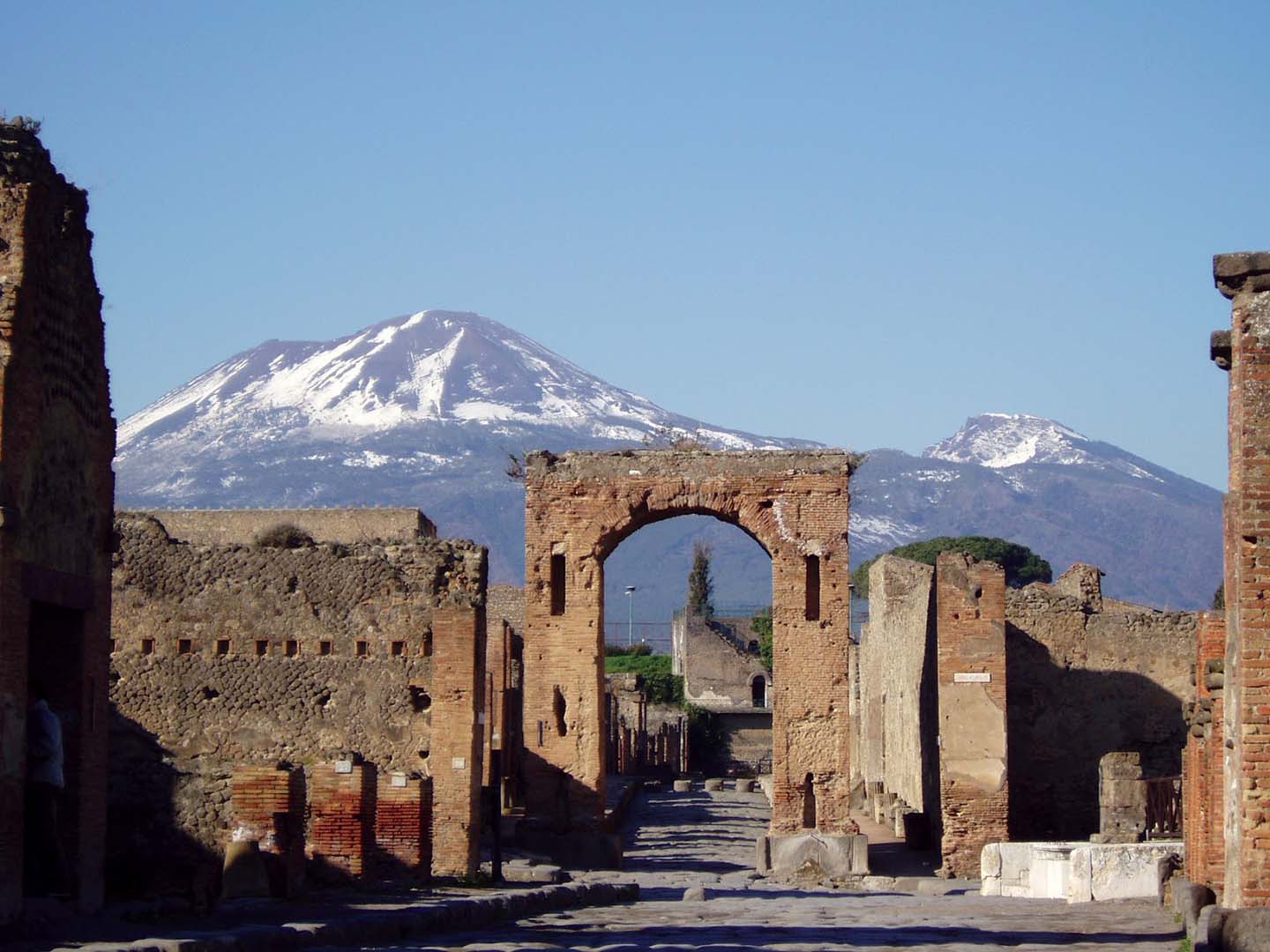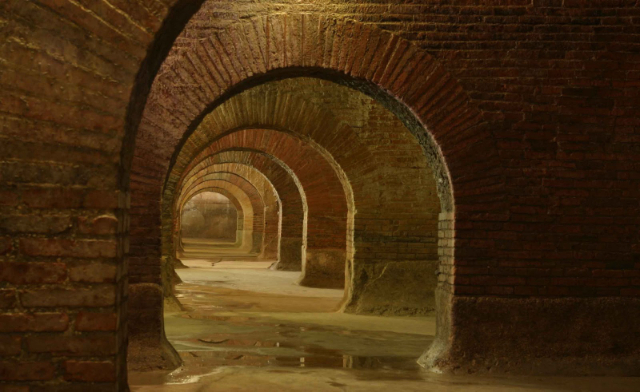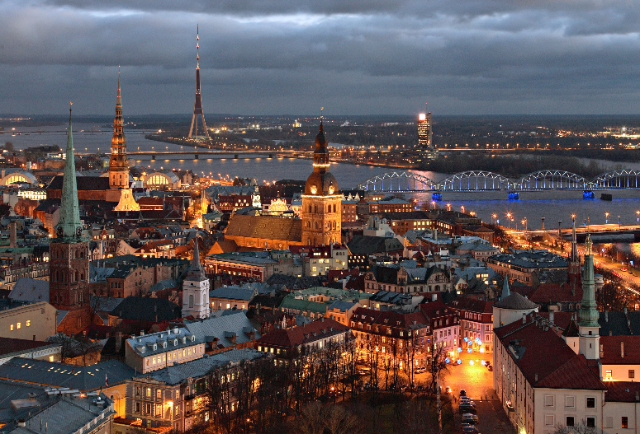The archaeological site of Nan Madol is a place so mysterious that it raises more questions than answers, demonstrating how little we know about the peoples who inhabited the remote islands of the Pacific before the arrival of Westerners. Radiocarbon dating, still under study, has fixed a date for the beginning of the construction of the megalithic site, between 1180 and 1208. Oral traditions, passed down by the inhabitants of Phonpei, trace the origin of Nan Madol to a pair of brothers, Olisihpa and Olosohpa, who came from somewhere across the ocean. It was they who started the Sandaleur Dynasty, the earliest example of centralized power in the Western Pacific, which would rule the island of Phonpei for over 500 years. This highly hierarchical structure recognized Nan Madol as its political and religious center.
A megalithic complex consisting of more than 90 artificial islands and 130 structures including tombs, spaces used for worship and royal buildings protected by basalt stone perimeter walls. In the case of the islet of Pahnwi, the walls are up to 18 metres high.
The methods of construction are currently unknown, the origin of the founders equally uncertain, and excavations of the world’s only ancient city built on a coral reef are proceeding with hiccups.
In 2016, the Nan Madol Ceremonial Center was recognized as a World Heritage Site.
